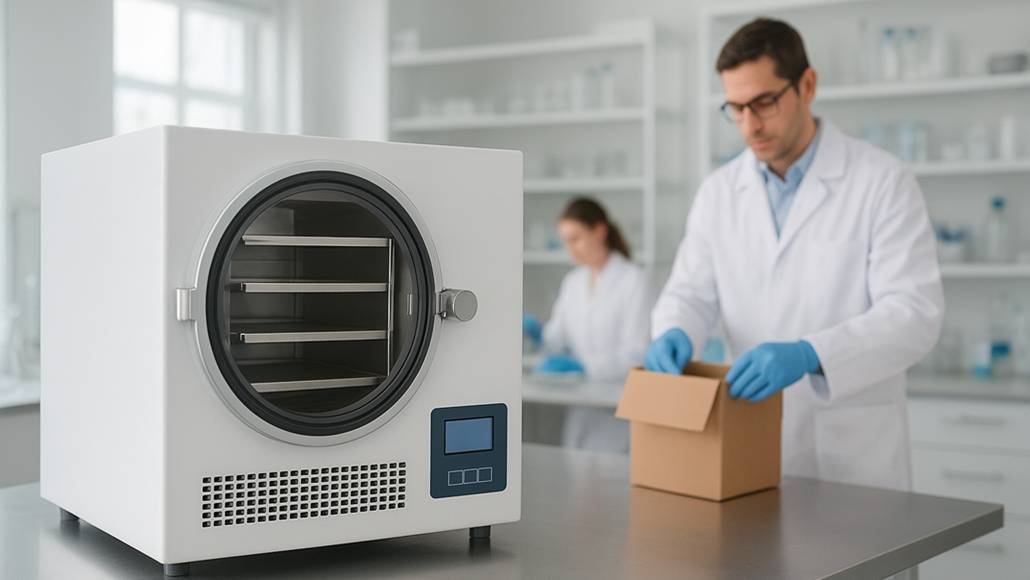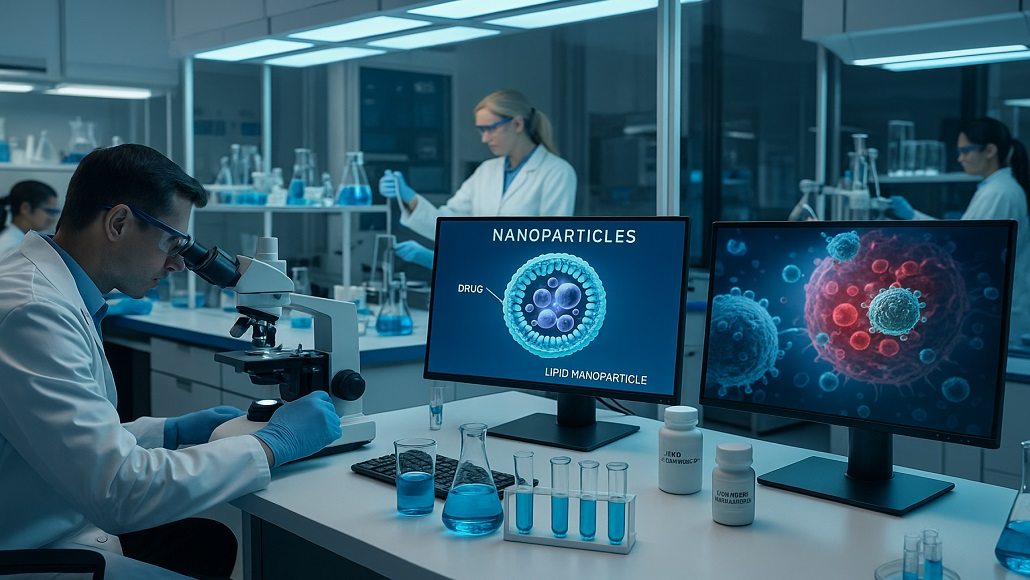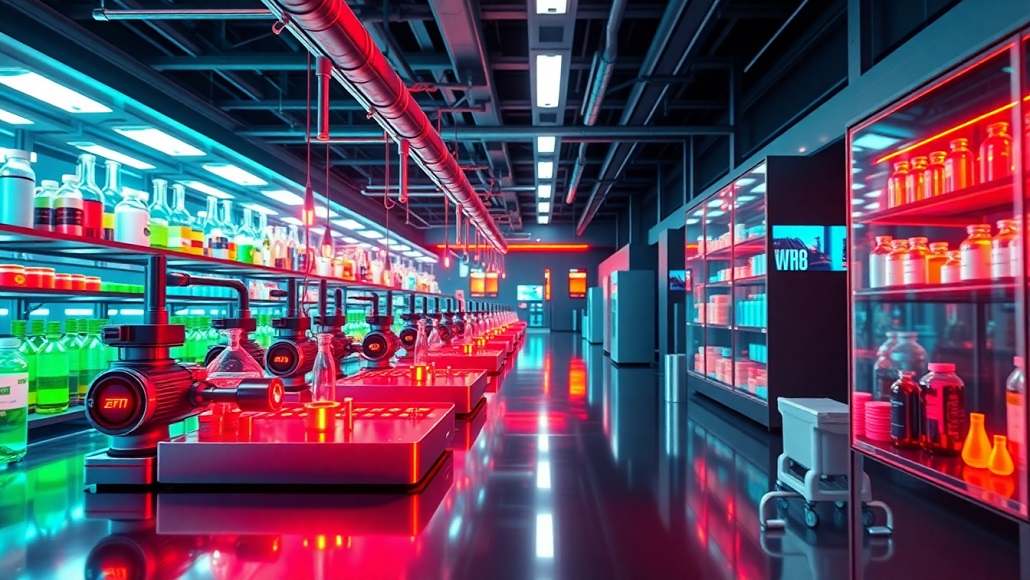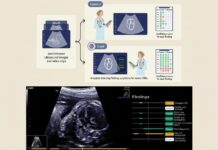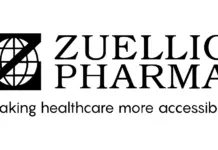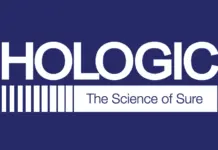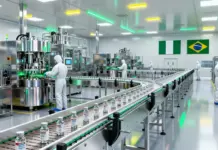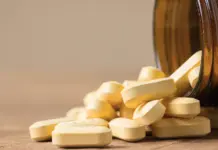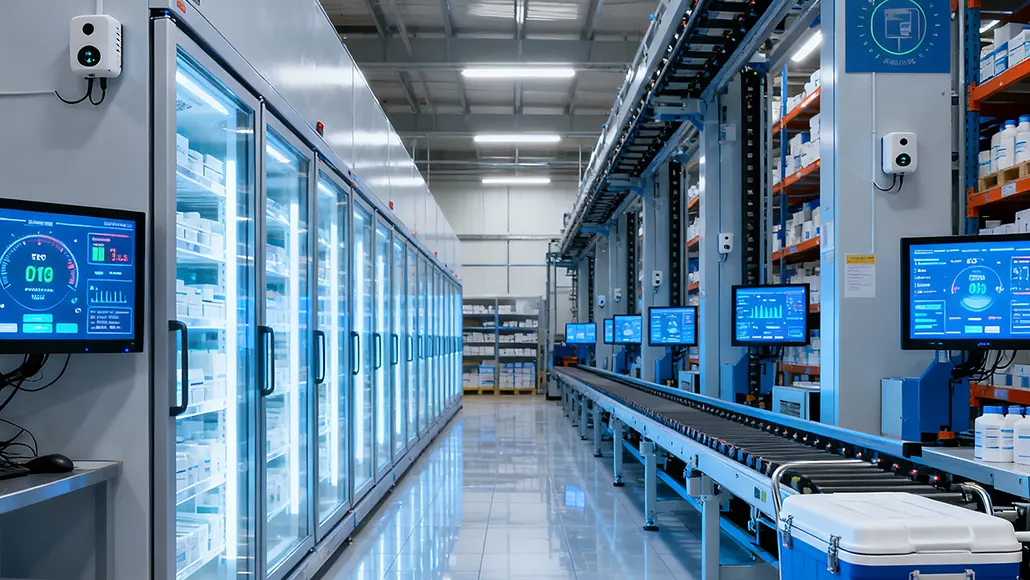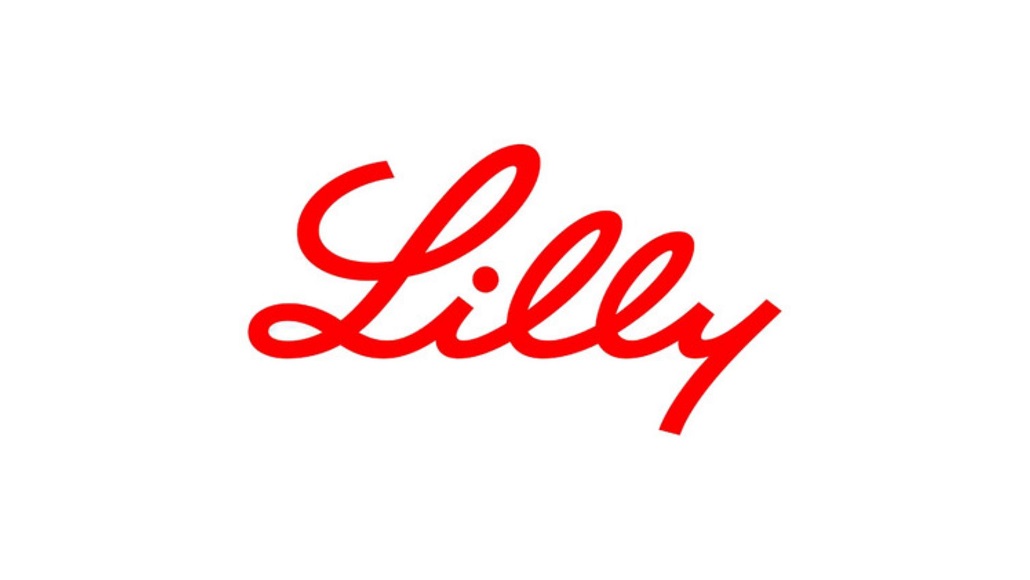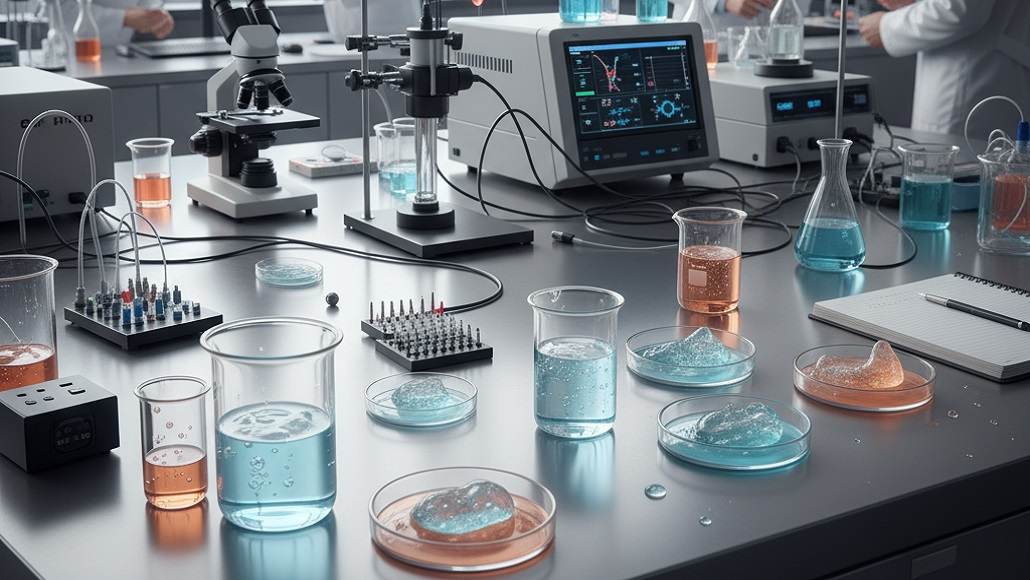Smart Materials Driving the Future of Controlled Release
The pharmaceutical landscape witnesses transformative advances as smart materials controlled release systems redefine therapeutic delivery paradigms. These intelligent materials respond dynamically to physiological stimuli or external triggers, modulating drug release with unprecedented precision aligned to pathological conditions and circadian rhythms. Smart polymers, stimuli-responsive hydrogels, shape-memory materials, and multifunctional nanoplatforms converge enabling targeted, temporally-controlled therapies minimizing side effects while maximizing efficacy. As understanding of disease microenvironments deepens and materials science capabilities expand, smart materials poised to revolutionize controlled release across therapeutic areas.
Foundations of Stimuli-Responsive Drug Delivery
Traditional controlled-release formulations employ passive mechanisms where drug release follows predetermined kinetics independent of physiological conditions. While representing substantial advances over immediate-release products, these passive systems cannot adapt to changing therapeutic needs or disease fluctuations. Smart materials controlled release transcends passive approaches through responsiveness to endogenous or exogenous stimuli, creating adaptive systems adjusting drug delivery dynamically.
The design rationale centers on incorporating materials whose physical or chemical properties change dramatically upon encountering specific triggers. These property changes—including solubility shifts, swelling-deswelling transitions, degradation acceleration, or structural rearrangements—translate directly into altered drug release rates. By selecting triggers correlated with disease presence or therapeutic windows, formulations concentrate drug action temporally and spatially, improving therapeutic indices.
Endogenous stimuli exploit pathophysiological signatures distinguishing diseased from healthy tissues. pH gradients characterize many disease states, with tumor microenvironments demonstrating acidic pH compared to physiological conditions. Inflammatory sites exhibit elevated enzyme concentrations including proteases and lipases. Hypoxia marks solid tumors due to inadequate vascularization. Glucose concentration fluctuations define diabetes management. Each pathological signature provides potential triggers for smart material responses.
Exogenous stimuli employ external energy or fields triggering material transitions at desired times and locations. Temperature increases from external heating sources activate thermosensitive materials. Magnetic fields guide and activate magnetic nanoparticles. Ultrasound mechanically disrupts carriers or induces localized hyperthermia. Light of specific wavelengths photocleaves chemical bonds or generates reactive species. Electric fields drive charged drug migration through electroporation-created pores. These externally-controlled triggers enable on-demand release at clinician discretion.
pH-Responsive Smart Materials
pH-responsive polymers incorporate ionizable functional groups whose protonation states change with environmental pH, inducing solubility shifts or conformational changes. Polyacids including poly(acrylic acid) and poly(methacrylic acid) carry carboxylic acid groups remaining protonated and collapsed at acidic pH but deprotonating and swelling at neutral or basic pH. Conversely, polybases including chitosan and poly(2-dimethylaminoethyl methacrylate) protonate and swell at acidic pH while remaining collapsed at physiological pH.
These ionization-driven transitions enable site-specific oral delivery exploiting pH gradients along the gastrointestinal tract. Enteric polymers protecting acid-labile drugs from gastric degradation while releasing in neutral intestinal environments represent established pH-responsive applications. Advanced systems target specific intestinal segments through precise pH-transition thresholds matching regional pH values.
Tumor-targeted delivery exploits acidic tumor microenvironments where aerobic glycolysis generates lactic acid lowering extracellular pH to 6.5-6.8 compared to physiological pH 7.4. pH-sensitive nanoparticles stable at physiological pH destabilize in acidic tumor environments, releasing payloads selectively at disease sites. Charge-reversal systems employ pH-sensitive linkers converting negative charges preventing cellular uptake under physiological conditions to positive charges facilitating endocytosis at tumor pH.
Intracellular delivery benefits from endosomal-lysosomal pH gradients where internalized carriers encounter progressively acidifying compartments. Early endosomes exhibit pH 6.0-6.5, late endosomes drop to pH 5.0-6.0, and lysosomes reach pH 4.5-5.0. pH-responsive materials triggering endosomal escape prevent lysosomal degradation of protein and nucleic acid therapeutics. Protonatable polymers including polyethylenimine swell upon protonation, osmotically disrupting endosomal membranes through the “proton sponge” effect.
Thermosensitive Smart Polymers
Thermosensitive polymers undergo phase transitions at specific temperatures termed lower critical solution temperature or upper critical solution temperature. Polymers exhibiting lower critical solution temperature remain hydrophilic and soluble below transition temperatures but become hydrophobic and precipitate above transition temperatures. The reverse applies for upper critical solution temperature polymers. Tuning transition temperatures near physiological temperatures enables body heat-triggered release or external heating-induced delivery.
Poly(N-isopropylacrylamide) represents the archetypal thermosensitive polymer with lower critical solution temperature near 32°C, adjustable through copolymerization. Injectable thermosensitive hydrogel formulations remain liquid at room temperature facilitating injection but gel upon reaching body temperature, forming sustained-release depots. This approach eliminates surgical implantation requirements while providing prolonged drug delivery from single administrations.
Pluronic block copolymers of poly(ethylene oxide) and poly(propylene oxide) demonstrate temperature-dependent micelle formation. At low temperatures, unimers exist as individual polymer chains. Above critical micelle temperatures, hydrophobic poly(propylene oxide) blocks aggregate forming micelle cores encapsulating hydrophobic drugs while hydrophilic poly(ethylene oxide) shells stabilize dispersions. Temperature-triggered micellization enables drug loading at low temperatures with retention during circulation and release upon localized heating.
Hyperthermia-triggered release combines thermosensitive carriers with external heating elevating tumor temperatures to 40-43°C. Focused ultrasound, radiofrequency ablation, or magnetic hyperthermia from superparamagnetic nanoparticles locally elevate temperatures. Thermosensitive liposomes incorporating lipids with phase transition temperatures near hyperthermic ranges demonstrate dramatically accelerated release upon heating, concentrating chemotherapy at heated tumor volumes while minimizing systemic exposure.
Enzyme-Responsive Delivery Systems
Enzyme-responsive systems exploit elevated enzyme concentrations at disease sites for targeted activation. Peptide substrates specific to disease-associated proteases serve as cleavable linkers connecting drugs to carriers or as crosslinkers within hydrogels. Enzymatic cleavage liberates drugs or degrades matrices triggering release.
Matrix metalloproteinases overexpressed in tumors, inflammation, and cardiovascular disease provide attractive targeting opportunities. Peptide sequences susceptible to specific matrix metalloproteinase subtypes incorporated into drug-polymer conjugates or crosslinked hydrogels undergo selective degradation at disease sites. Pro-drug strategies employing matrix metalloproteinase-cleavable linkers connecting drugs to solubilizing groups create inactive pro-drugs activated by enzymatic cleavage releasing active drugs.
Cathepsins, lysosomal cysteine proteases overexpressed in tumors and inflammatory conditions, trigger intracellular drug release. Following endocytosis of cathepsin-responsive carriers, lysosomal cathepsins cleave peptide linkers releasing drugs intracellularly. This mechanism proves particularly valuable for drugs requiring intracellular action including many chemotherapeutics and siRNA therapeutics.
Phospholipase A2, elevated in inflammatory diseases and bacterial infections, hydrolyzes phospholipid bilayers. Liposomes incorporating phospholipase A2-sensitive lipids destabilize upon enzyme exposure, releasing contents at inflamed sites. This enzyme-triggered liposomal disruption provides inflammation-selective drug delivery minimizing systemic drug exposure.
Redox-Responsive Smart Materials
Redox-responsive systems exploit reductive environments including tumor interstitium and intracellular cytoplasm where glutathione concentrations reach millimolar levels compared to micromolar extracellular concentrations. Disulfide bonds stable in oxidative extracellular environments undergo rapid reduction in cytoplasmic glutathione-rich conditions, providing intracellular-selective release mechanisms.
Drug-polymer conjugates linked through disulfide bonds remain stable during circulation but cleave upon cellular internalization releasing drugs intracellularly. Crosslinked nanoparticles incorporating disulfide crosslinks demonstrate similar extracellular stability with rapid intracellular disassembly. This mechanism proves particularly valuable for delivering drugs requiring intracellular targets including chemotherapeutics acting on DNA and RNA therapeutics.
Diseased tissue-elevated oxidative stress provides alternative redox triggers. Reactive oxygen species including hydrogen peroxide accumulate at inflammatory sites and tumors. Polymers incorporating reactive oxygen species-sensitive chemical groups including thioketal, boronic ester, or selenium-containing moieties undergo oxidation-triggered degradation releasing payloads at oxidatively-stressed locations.
Light-Responsive Materials for Spatiotemporal Control
Photosensitive materials respond to light irradiation through photochemical reactions or photothermal effects enabling spatially and temporally precise control over drug release. Visible and near-infrared light wavelengths demonstrate tissue penetration suitable for transcutaneous activation, while ultraviolet wavelengths find applications in surface treatments.
Photocleavable protecting groups masking drug activity undergo bond cleavage upon light exposure of specific wavelengths, generating active drugs on-demand. Nitrobenzyl, coumarin, and pyrene derivatives represent commonly employed photocaging groups. Pro-drugs incorporating photocaging groups remain inactive until light irradiation at desired times and locations generates active forms. This approach enables precise spatiotemporal control particularly valuable for studying drug action mechanisms.
Photothermal nanoparticles including gold nanostructures, carbon nanotubes, and polydopamine nanoparticles absorb near-infrared light converting photonic energy to heat. Localized temperature elevations trigger release from thermosensitive carriers or directly induce drug dissociation from photothermal nanoparticles. Combining photothermal effects with thermosensitive polymers creates dual-responsive systems activated by near-infrared irradiation.
Photodynamic therapy exploits photosensitizers generating reactive oxygen species upon light activation. Singlet oxygen and other reactive species oxidize biomolecules causing cell death. Encapsulating photosensitizers within carriers protects surrounding tissues from unintended activation while enabling on-demand photodynamic therapy at illuminated sites. Combination systems co-delivering photosensitizers with chemotherapeutics enable synergistic photodynamic-chemotherapy.
Magnetic-Responsive Drug Delivery
Magnetic nanoparticles enable guidance, retention, and activation through external magnetic fields. Superparamagnetic iron oxide nanoparticles demonstrate biocompatibility with magnetic properties enabling manipulation by field gradients. Drug-loaded magnetic nanoparticles injected systemically accumulate at target sites positioned adjacent to external magnets, concentrating therapeutic agents.
Magnetically-triggered release employs alternating magnetic fields inducing nanoparticle heating through hysteresis losses. Elevated temperatures trigger release from thermosensitive shells surrounding magnetic cores or directly alter drug-nanoparticle interactions. This approach combines magnetic guidance with triggered release, providing spatial and temporal control.
Magnetic resonance imaging guidance enables real-time visualization during magnetic targeting, confirming nanoparticle accumulation at intended sites. Theranostic platforms combining magnetic guidance, triggered release, and imaging provide integrated diagnosis-therapy systems.
Multi-Stimuli Responsive Systems
Combining multiple stimuli-responsive mechanisms enhances targeting specificity and control. Dual-responsive systems require presence of two distinct stimuli for activation, reducing unintended release at sites presenting only single triggers. Sequential stimuli enable staged delivery where initial trigger promotes tissue penetration or cellular uptake and subsequent trigger releases drugs intracellularly.
pH and temperature dual-responsive hydrogels swell only when both conditions meet threshold values. Tumor targeting systems combining pH-sensitivity for tumor microenvironment response with thermosensitivity for hyperthermia-triggered release concentrate chemotherapy temporally and spatially. The dual requirements minimize premature release improving safety.
Enzyme and redox dual-responsive pro-drugs require enzymatic cleavage followed by intracellular reduction, ensuring activation occurs only after cellular internalization at enzyme-overexpressing sites. This staged activation improves therapeutic indices by confining active drug generation to target cells.
Clinical Translation and Regulatory Considerations
Translating smart materials controlled release from laboratory to clinic requires addressing manufacturing scalability, batch consistency, biocompatibility, and regulatory pathways. Complex stimuli-responsive systems demand sophisticated characterization demonstrating consistent responsiveness across batches. Regulatory agencies require comprehensive understanding of structure-function relationships and thorough safety assessments addressing concerns about degradation products or immune responses to novel materials.
Several smart material-based products have achieved clinical approval validating translational potential. Thermosensitive liposomes for cancer treatment demonstrate clinical efficacy when combined with radiofrequency hyperthermia. pH-responsive enteric coatings represent established technologies with regulatory precedents. Expanding beyond these examples requires demonstrating clear clinical advantages justifying additional complexity.
Future Directions and Emerging Technologies
Artificial intelligence-guided design accelerates smart material development by predicting structure-property relationships and optimizing stimuli-responsiveness. Machine learning models trained on experimental data identify promising chemical structures and formulation parameters reducing empirical screening. Computational modeling simulates material behavior under various stimuli guiding rational design.
Bioelectronic medicines integrating smart materials with implantable electronics create closed-loop systems sensing physiological conditions and autonomously adjusting drug release. Glucose-responsive insulin delivery represents a prime application where continuous glucose monitoring triggers insulin release matching real-time needs, potentially achieving near-physiological glucose control in diabetes.
Conclusion
Smart materials controlled release transforms pharmaceutical delivery through dynamic responsiveness to physiological and external stimuli. These intelligent systems adapt drug release to disease microenvironments, temporal therapeutic needs, and patient-specific conditions, dramatically improving therapeutic indices. As materials science advances converge with deepening pathophysiological understanding and emerging technologies including artificial intelligence and bioelectronics, smart materials promise increasingly sophisticated controlled-release systems personalizing therapy while minimizing adverse effects. The evolution from passive controlled-release to actively-responsive smart delivery marks a paradigm shift positioning pharmaceutical delivery at the forefront of precision medicine.



